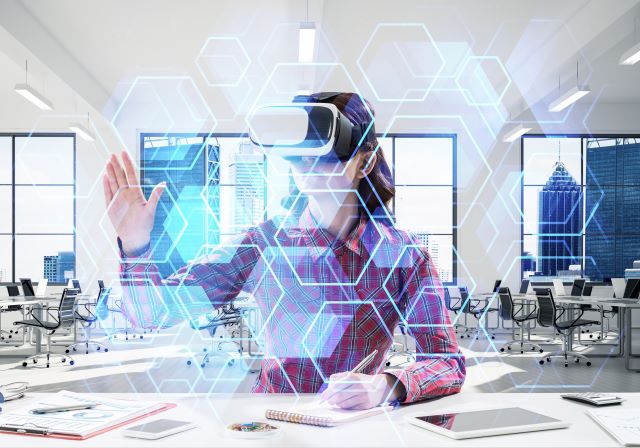
Virtual reality (VR) has helped boost student engagement at the third-oldest university in the California State University system. According to one professor who pioneered VR in his classes and research more than five years ago, the technology enables him to simulate various environments in the safety of his lab.
“Anatomy is a challenging subject and the pass/fail rate used to be 50% in my day, but now students love it. Immersive learning makes the subject come alive and helps them better absorb it,” Harsimran Baweja told San Diego State University’s Padma Nagappan. Professor Baweja is a clinical neuroscientist and physical therapy professor at SDSU.
The university’s Instructional Technology Services and the process of 3D scanning using an array of 2D photos are also helping another professor, Nagappan reports.
Previously, students had to make time to study bones in a lab. But now, they’re able to do this from the comfort of their homes, at night, or over the weekend.
“I never realized how much fun this would be and I never considered myself a digital expert. We can do wet preps with a heart or an eye, we can label parts or test students with unlabeled images,” biology lecturer Sandra Garver said. “This should be an open educational resource so many more people can take advantage of it. And students love it because it gives them the freedom to learn when they want to, while still getting a realistic feel for bones.”
Nagappan also said the Instructional Technology Services (ITS) office is tapping grant funding to create a library of VR resources that will offer open-source access to more than 400,000 students across 23 California State University campuses.
“Student engagement is one of the most challenging aspects of remote learning, and virtual reality helps students better engage,” said Sean Hauze, ITS director. “Our early VR collaborations with faculty paved the way for rapid transitions during the pandemic. It helps students overcome disparities in access and challenges in space and time.”
ITS is also reimagining the boundaries of this platform by developing an immersive tool called the Empathy Lens, which will enable users to experience what it’s like to be a minority job candidate facing an interview panel, so hiring committees and others learn to recognize and avoid implicit bias and microaggressions in their interactions.
“In five years we’ll look back and wonder how we ever taught without these immersive learning tools,” said James Frazee, associate vice president of ITS. “The pandemic represents a massive change accelerator, and has brought us five years ahead in less than 12 months.”
The U.S. Army Corps of Engineers has been tasked with…
Brown and Caldwell, a leading environmental engineering and construction firm,…
Humboldt State University, one of four campuses within the California…